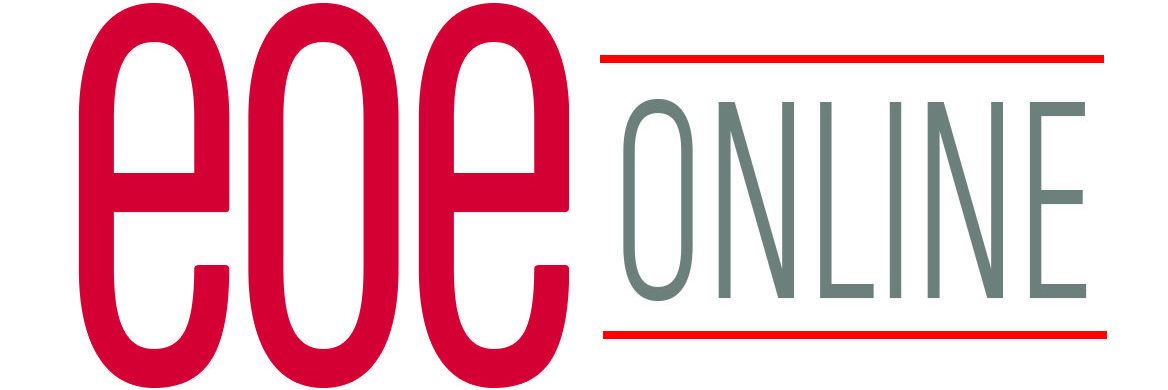
by Candace Nortey SVP & Practice Leader, People & Culture Strategy, Slone Partners
There are not many other emerging trends in recent years that have captured the American public’s attention as much as diversity and inclusion (D&I) efforts to transform organizations across the board. Indeed, D&I is now regarded as a key component of workplace and business strategy.
However, the 2023 SCOTUS decision on affirmative action in college admissions has left many companies uncertain about the future of their D&I efforts. This ruling has introduced confusion and raised concerns about potential legal risks, making some organizations question whether they should continue their commitment to D&I or scale back their initiatives.
As businesses navigate these complexities, the question arises: how can they foster greater buy-in, continue to enhance their diversity initiatives, and ensure a lasting future for D&I?
The Evolution of Diversity Programs
Diversity initiatives have long been part of the workplace, with data consistently demonstrating the positive impact of diverse teams. Once focused solely on hiring, D&I now touches every aspect of the employee experience and business operations. The events of 2020, including the Black Lives Matter movement and the pandemic’s impact on marginalized communities, accelerated this shift, prompting companies to take decisive action. Companies set ambitious goals, like diversifying Boards and C-suites and tying diversity metrics to performance. Recently, there’s been increased focus on gender identity, LGBTQ+ inclusion, neurodiversity, and intersectionality, reflecting the broader scope of today’s diversity efforts.
Why Keeping Programs Strong Matters
Despite economic uncertainty and shifting social climates, cutting back on D&I would be a short-sighted mistake. Fostering a culture where employees feel safe to be themselves leads to higher engagement, innovation, and overall success. Research consistently shows that diverse teams outperform homogeneous ones. A McKinsey study found that companies in the top quartile for gender and ethnic diversity are more likely to have above-average profitability.
To read this article in its entirety at www..buildingindiana.com, click here.
